States with Highest and Lowest Bankruptcy Rates
While the last decade witnessed a general downward trend in bankruptcies for both households and businesses, recent macroeconomic developments suggest that they may be back on the rise.
During the COVID pandemic, rates stayed generally quite low as a combination of decreased consumer spending and government stimulus packages helped offset some of the negative effects of lockdown measures. The rising inflation, increased interest rates, and global supply chain disruptions that have characterized the post-COVID economy suggest that we may see an uptick in bankruptcy declarations over the next few months, or perhaps even years.
This trend will have far-reaching economic implications and should be a focal point for anyone who is determined to understand and get ahead of these trends.
In the interest of making this information easily accessible, Chamber of Commerce.org recently compiled data concerning the rates of personal and business bankruptcy between the various states as of June 2022. Similarities between these numbers and those of the year before indicate the need to look more closely into the specific factors influencing a given region’s outcomes.
Jump to
States with highest and lowest bankruptcy rates
The states with the highest percentage of personal bankruptcies during the first two quarters of 2022 are as follows:
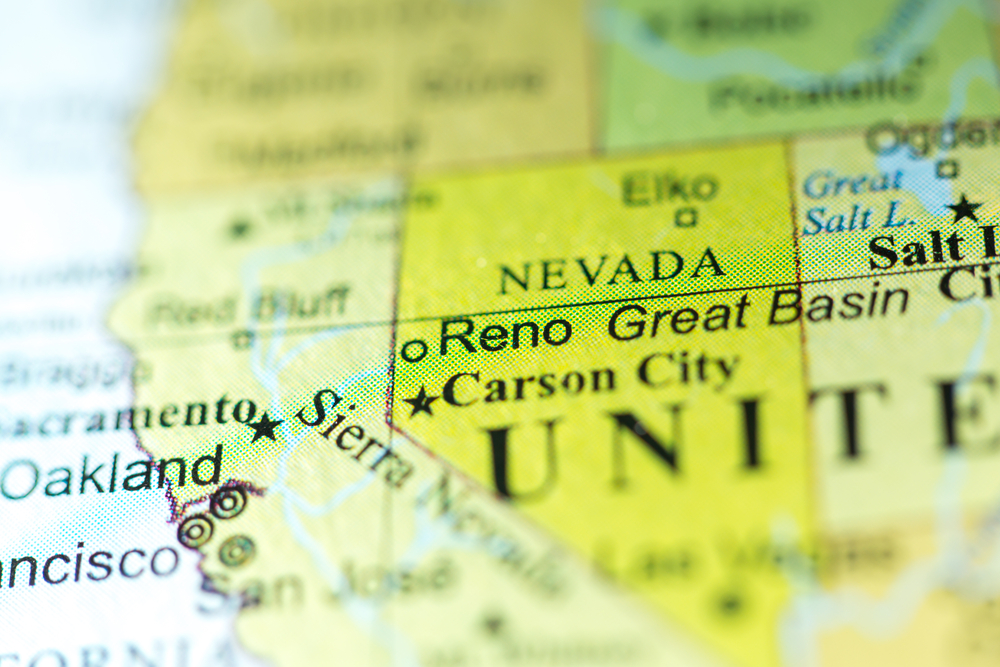
5
Nevada: 0.37% of pop.
- Unemployment rate: 4.4%
- Average Credit (FICO) score: 701
- Average Credit Card Debt: $5,697
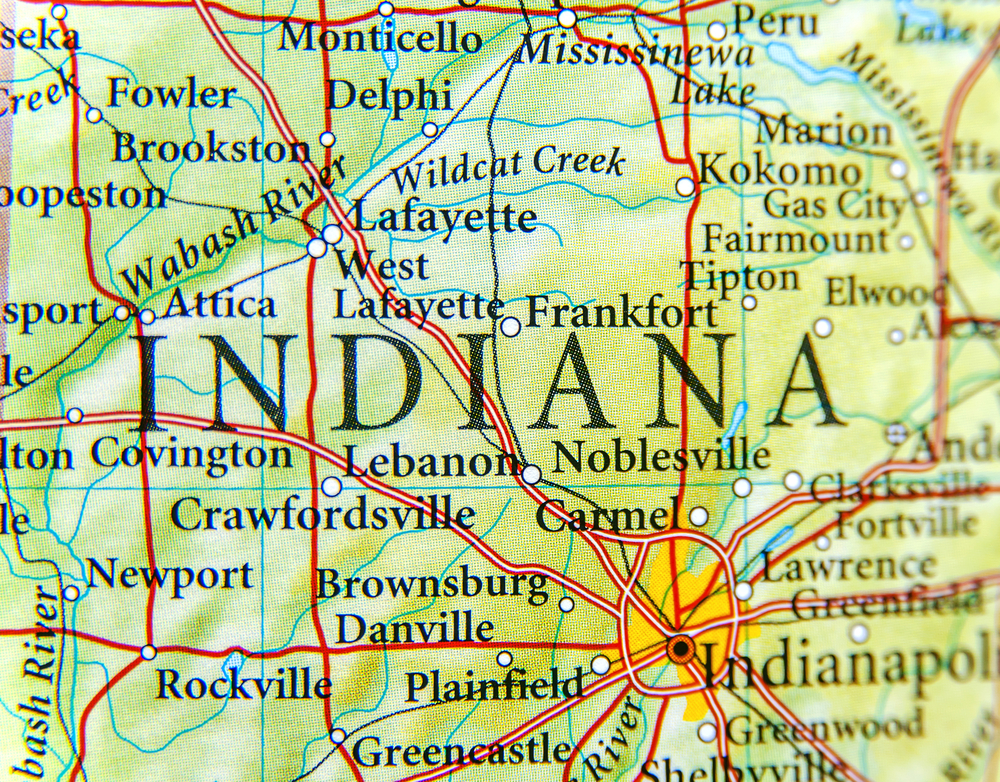
4
Indiana: 0.39% of pop.
- Unemployment rate: 2.6%
- Average Credit (FICO) score: 712
- Average Credit Card Debt: $4,847
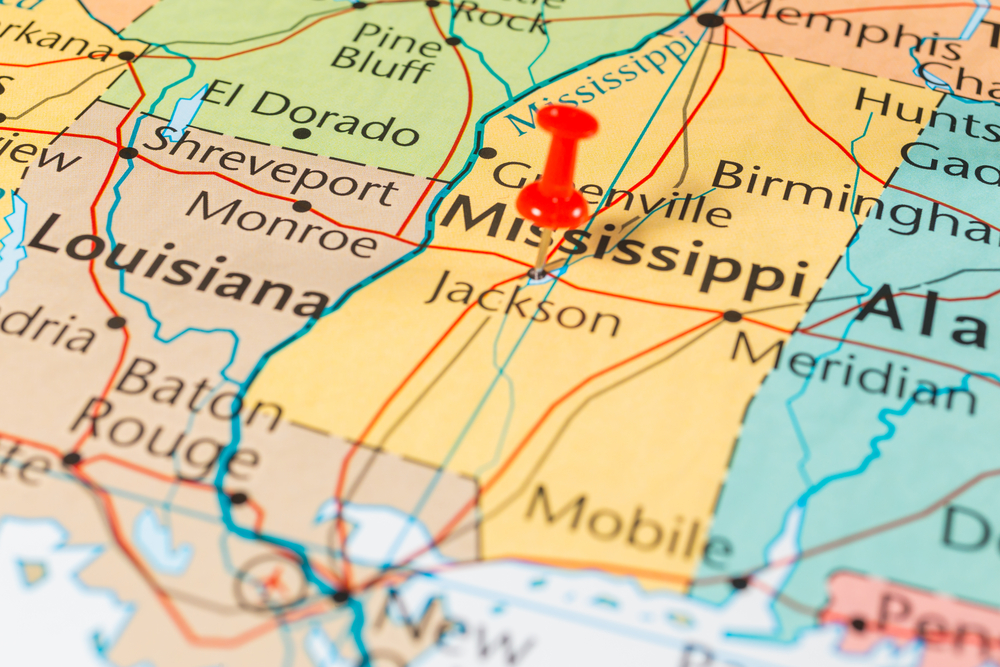
3
Mississippi: 0.41% of pop.
- Unemployment rate: 2.5%
- Average Credit (FICO) score: 681
- Average Credit Card Debt: $4,241
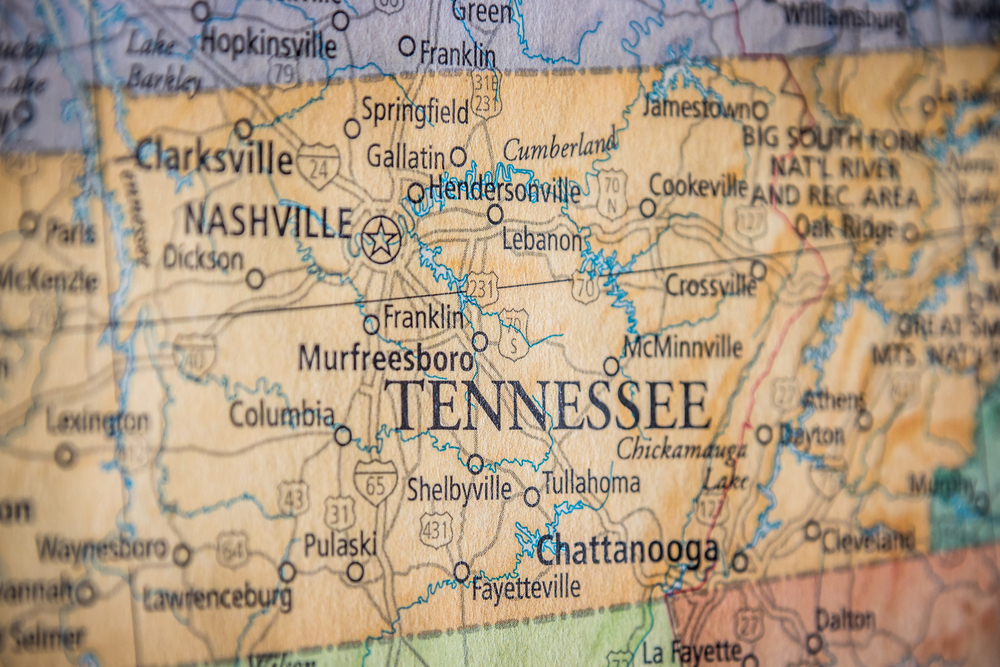
2
Tennessee: 0.43% of pop.
- Unemployment rate: 3.3%
- Average Credit (FICO) score: 701
- Average Credit Card Debt: $5,228
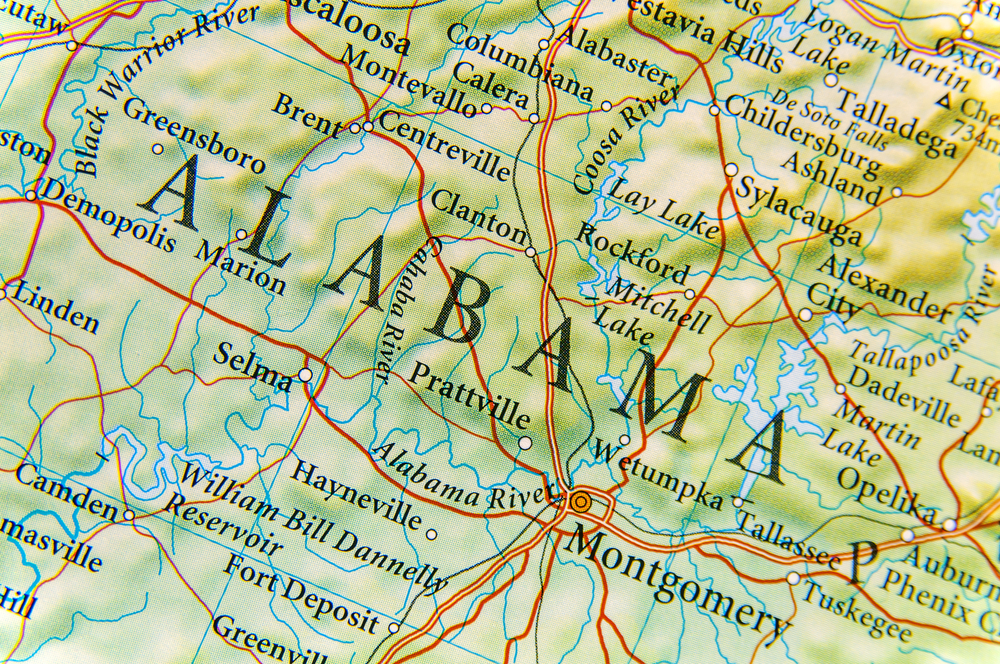
1
Alabama: 0.58% of pop.
- Unemployment rate: 2.6%
- Average Credit (FICO) score: 691
- Average Credit Card Debt: $5,205
The 2021 data contains the same five states, albeit in a slightly different order. This suggests that, while general trends remain consistent, their particular impacts are shifting slightly across different geographic regions:
- Alabama: 1.194% of pop.
- Nevada: 0.94% of pop.
- Tennessee: 0.91% of pop.
- Mississippi: 0.84% of pop.
- Indiana: 0.88% of pop.
The other side of the equation shows a similar dynamic. The states with the least personal bankruptcies in 2022 thus far are as follows:
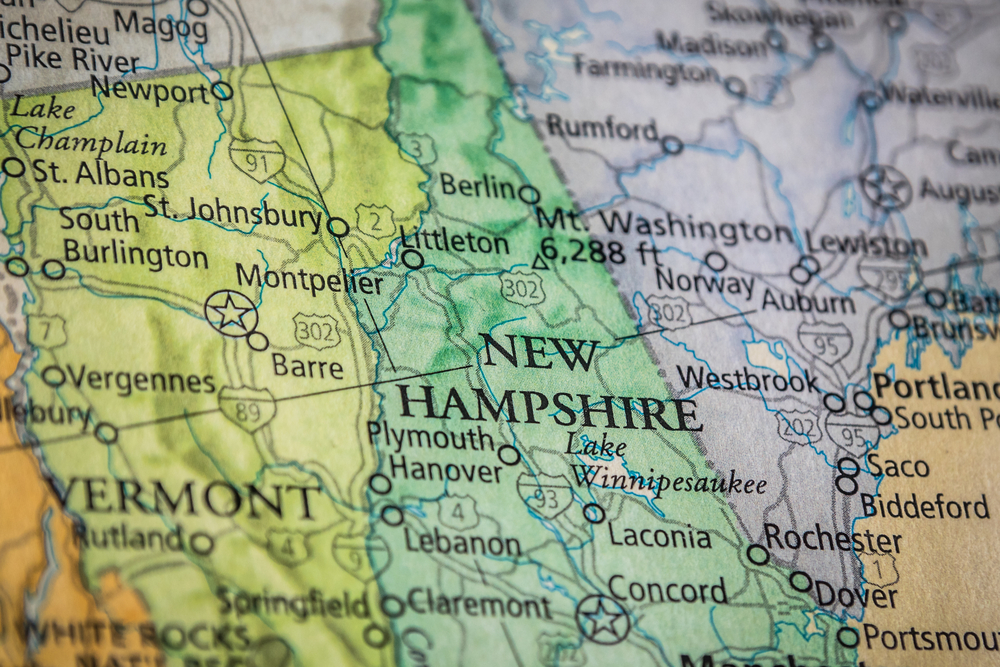
5
New Hampshire: 0.09% of pop.
- Unemployment rate: 2%
- Average Credit (FICO) score: 734
- Average Credit Card Debt: $5,670
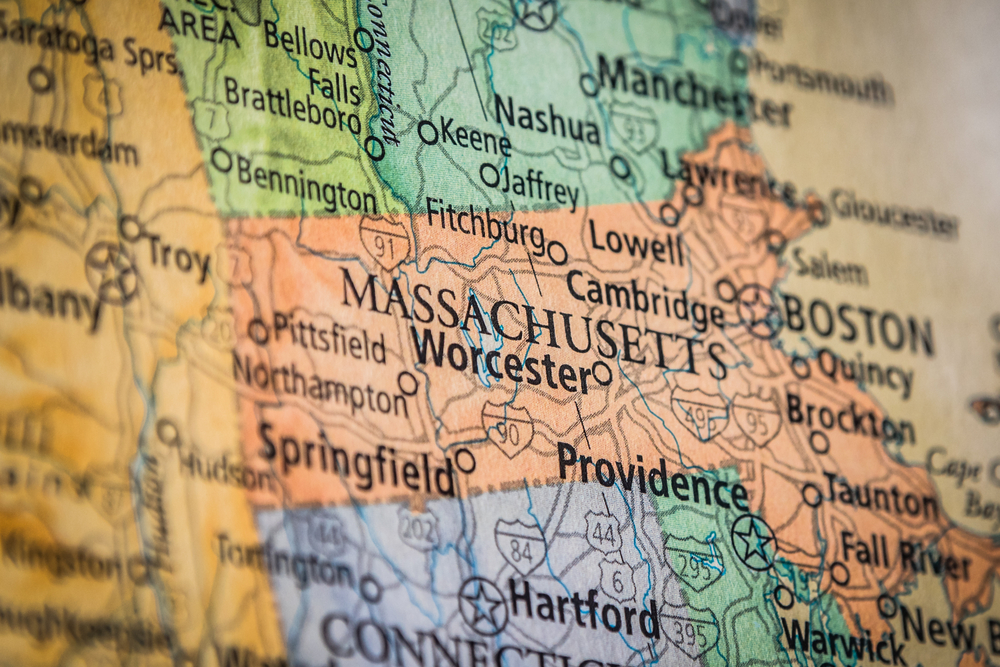
4
Massachusetts: 0.09% of pop.
- Unemployment rate: 3.5%
- Average Credit (FICO) score: 732
- Average Credit Card Debt: $5,670

3
Maine: 0.08% of pop.
- Unemployment rate: 2.8%
- Average Credit (FICO) score: 727
- Average Credit Card Debt: $4,913
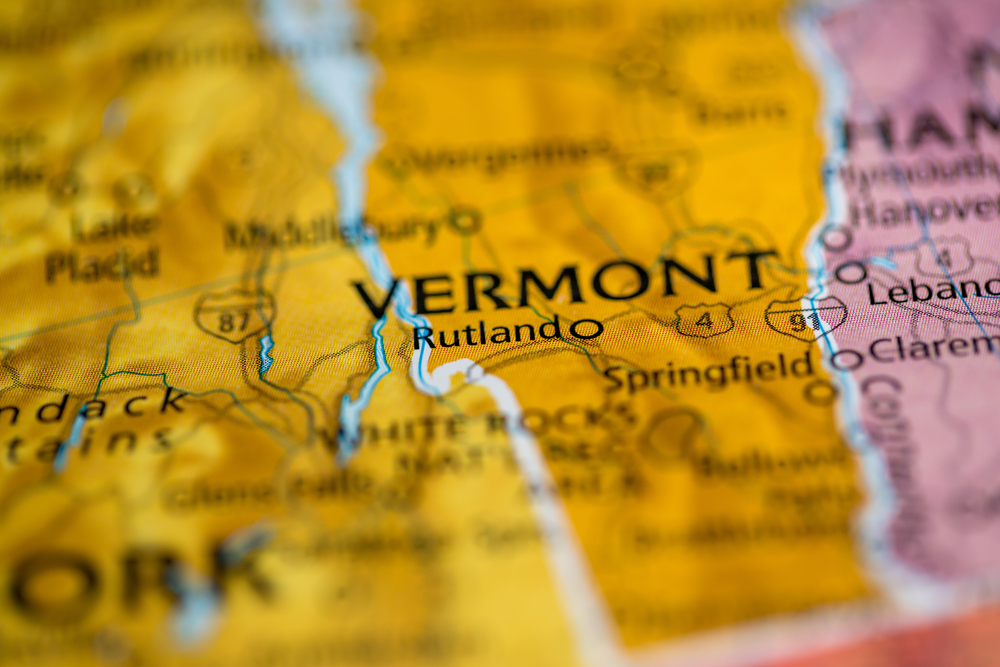
2
Vermont: 0.06% of pop.
- Unemployment rate: 2.1%
- Average Credit (FICO) score: 736
- Average Credit Card Debt: $4,989

1
Alaska: 0.04% of pop.
- Unemployment rate: 4.5%
- Average Credit (FICO) score: 717
- Average Credit Card Debt: $6,787
Compare this data with 2021:
- Alaska: 0.12% of pop.
- Vermont: 0.18% of pop.
- Massachusetts: 0.18% of pop.
- Maine: 0.20% of pop.
- New Hampshire: 0.22% of pop.
When it comes to business bankruptcies, many of the geographic trends still stand. Following are the states with the highest rate of business bankruptcies in 2022:

- Nevada: 0.93% of businesses.
- Texas: 0.91% of businesses.
- Mississippi: 0.87% of businesses.
- Oklahoma: 0.65% of businesses.
- Arkansas: 0.61% of businesses.
However, the geographic distribution of states with the lowest rate of business bankruptcies is markedly different from that of personal bankruptcies:
- Connecticut: 0.21% of businesses.
- Delaware: 0.29% of businesses.
- Idaho: 0.29% of businesses.
- South Carolina: 0.24% of businesses.
- Utah: 0.29% of businesses.
The majority of these bankruptcies, both personal and business, are Chapter 7 liquidation, which consists in selling property and/or assets to be able to pay back creditors. As the data indicates, these filings are most common in southern and midwestern states, reflecting ongoing economic hardships in these parts of the country.
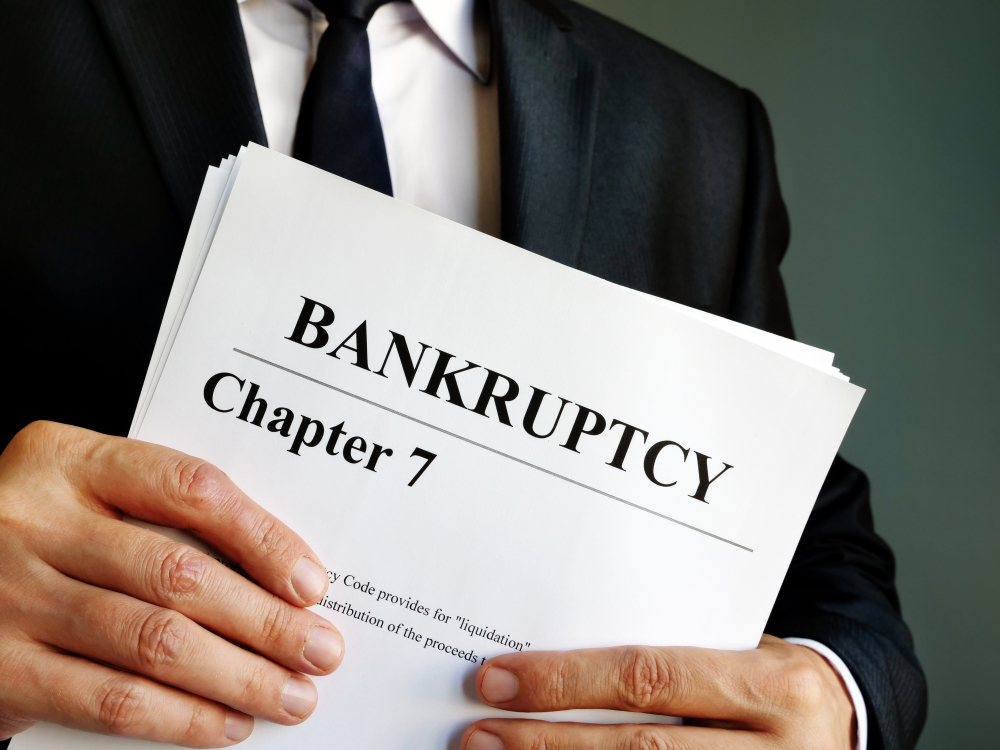
Interestingly, while unemployment rates and amounts of credit card debt were relatively consistent across states with the most and least personal bankruptcies, those with the most personal bankruptcies had lower credit scores across the board.
Methodology
The bankruptcy statistics used in this survey were taken from Rand Corporation and calculated based on the per capita formula (total amount of bankruptcies per all U.S. states divided by total population). Population stats were derived from Census.gov 2020 results. Unemployment rates were taken from the U.S. Bureau of Labor Statistics and average credit scores were drawn from studies conducted by Experian.
Find out how to start an LLC in your state
Click on the state below to get started